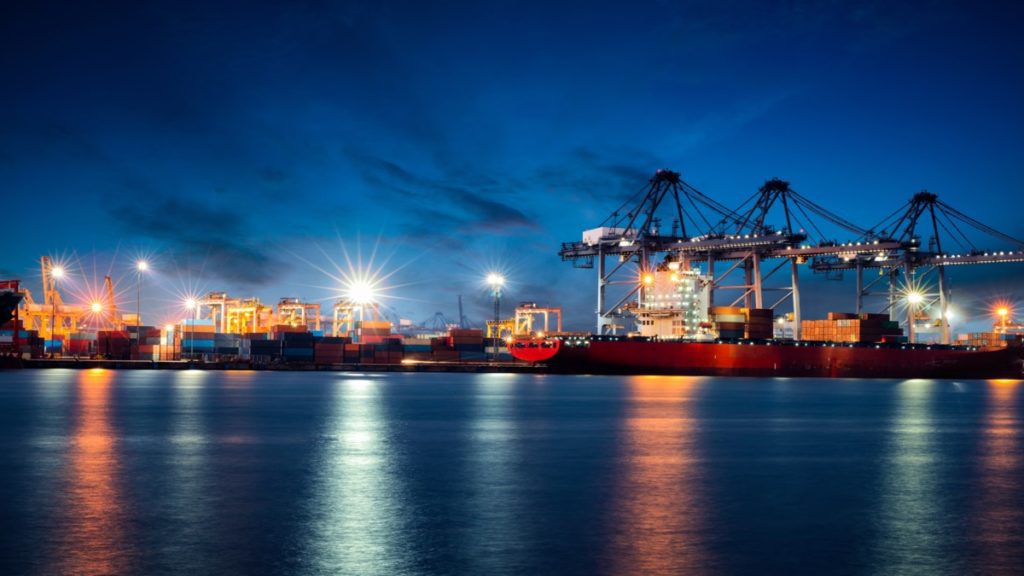One of the greatest challenges for supply chain professionals is that we live in such unpredictable times, with disruptions coming from many directions. That means the ability to accurately forecast what’s around the corner — and compensate for it — is of critical importance.
According to a report issued earlier this year by Resilinc, at the end of 2021 supply chain disruptions were up by 88% compared with the previous year — and 90% of disruptive events were human-caused. That includes the most factory fires ever recorded in a single year, thanks to gaps in process and regulatory execution in addition to the shortage of skilled warehouse labor.
In fact, supply chain shortages increased by an eye-popping 452% year over year. The report also found that:
- Labor disruption events increased 156% YOY
- Extreme weather events increased 130% YOY
- Cyber attack events increased 143% YOY
The top drivers of supply chain problems identified in the report included:
- Factory fires
- Mergers and acquisitions
- Business sales
- Factory disruptions
- Leadership transitions
- Supply shortages
2022: Adding Fuel to the Fire
In 2022, inflation and high fuel costs have been another major source of stress on the supply chain. And much of that inflationary pressure that manufacturers are feeling traces back to the pandemic.
According to an analysis in The Week newsmagazine, it’s been kind of a one-two punch: First, the pandemic caused fuel prices to plunge in 2020, which led fuel producers to slash production — laying off thousands of workers and in some cases shutting down oil wells. When demand for energy recovered, fuel producers weren’t able to ramp up production quickly enough to meet it. Hot on the heels of that conundrum came the war in Ukraine, driving fuel prices up even further.
And the thing about high fuel costs is that they wind up fueling inflation in every other area. Because all goods and materials need to be transported from place to place as part of the manufacturing process, when fuel costs increase that drives up the price of everything else. It’s a rising tide that lifts all boats in the most inconvenient way.
Better Planning Through Analytics
We’ve all heard the message loud and clear — supply chains need to get more resilient. And a big key to achieving that resiliency lies in the deployment of the sophisticated real-time analytics capabilities that are increasingly available to businesses thanks to AI, machine learning and the cloud.
Making good predictions, and putting good contingency plans in place, depends on good data and the ability to analyze that data correctly. After all, you can’t drive if you can’t see the road ahead of you — so you need a way to cut through the fog.
You might define the successful use of analytics as the ability to take what you already know — all of the disparate and disorganized data that’s available to modern enterprises — and then centralize, organize and analyze it so that you can truly understand its implications and unlock its potential.
Here are seven ways that intelligent supply chain management technology, powered by cloud-based analytics, can help you see the road ahead more clearly.
- Better Visibility and Forecasting
Unreliable forecasts and poor visibility lead to inadequate planning. But getting real-time updates on logistics and inventory can be a game-changer that allows you to make more informed decisions, as well as identifying bottlenecks and resolving them before things get out of hand. Here are three tools that can help you accomplish this.
- Microsoft Supply Chain Insights can provide you with AI-enriched demand forecasts that are based on historical data, drawing on the past to give you a clearer picture of the future.
- Microsoft Power BI enables you to process data and display insights visually, with user dashboards that allow for faster and easier decision-making.
- Dynamics 365 Supply Chain Management offers a holistic overview of your warehouse operations to help keep stock at the right levels, and make sure that you have the right products in the right places.
- Smarter Warehouse Management
Speaking of warehouses — with warehouse management analytics, you can make your warehouse operations smarter and more efficient.
- You can streamline processes as you track and manage inventory levels more effectively, as well as keep tabs on workforce productivity.
- Analyzing historical data enables you to make better judgments about how to manage inventory volume and keep up with demand.
- AI-powered analytics solutions can even provide you with intelligent suggestions about how items should be placed in your warehouse to improve speed and efficiency.
- Preventive Maintenance
Thanks to data from IoT sensors, coupled with the power of advanced analytics and machine learning, it’s possible for manufacturers to anticipate upcoming problems with equipment and address those issues with preventive maintenance before they get out of hand. This helps minimize outages and downtimes, while boosting the longevity of your machines and reducing costs.
- Reducing Waste with Faster Response to Quality Issues
Advanced analytics can also help you respond to quality issues faster. Check out this example of how Columbus helped a medium-sized fiberglass company leverage IoT data from its plants. The breakthrough involved using Microsoft Azure and Power BI to shorten quality response times from weeks down to days — optimizing production to improve product quality and generate more revenue, while reducing waste and breakage.
- Collaboration with Vendors and Supplier Risk Mitigation
Lack of communication and clarity among collaborators is another factor that can negatively impact supply chains. Microsoft Supply Chain Insights helps address this issue by allowing you to invite partners to contribute their own real-time data and reporting. Pooling data from suppliers, vendors, and customers can help make the whole supply chain smarter.
Supply Chain Insights also helps mitigate risks by allowing users to see data for first, second and third tiers of suppliers so you can identify and respond to potential issues quickly. If one of your primary suppliers is having difficulty sourcing materials, you can look at which alternate suppliers might be able to meet your needs more quickly, protecting your ability to meet your product timetable.
- What Ifs and Digital Twins
One of the best modern tools for predicting what might lie ahead is digital twins. By creating a digital twin of your supply chain, you can run through various what-if scenarios to see how you can respond to wide range of potential risks — including extreme weather events and other natural disasters, labor shortages, geopolitical events and more.
From there you can identify solutions and create contingency plans to respond with greater speed and agility when the disruptions occur. Digital Twins are available as part of Microsoft Supply Chain Insights.
- Prioritizing Customer Happiness
Customer expectations are higher than ever, because many have become accustomed to expect short delivery windows with highly accurate tracking. So, these days more than ever, you can’t keep customers happy when you can’t deliver on time. To get ahead of the game, you need to get better at anticipating and responding to changes in customer demand. Dynamics 365 Sales and Dynamics 365 Supply Chain Management both address this need by providing sharper customer insights as well as creating better communication between buyers and sellers.
Want to learn more about how Columbus can help you draw on the power of analytics to improve your supply chain? Get in touch with us today.






